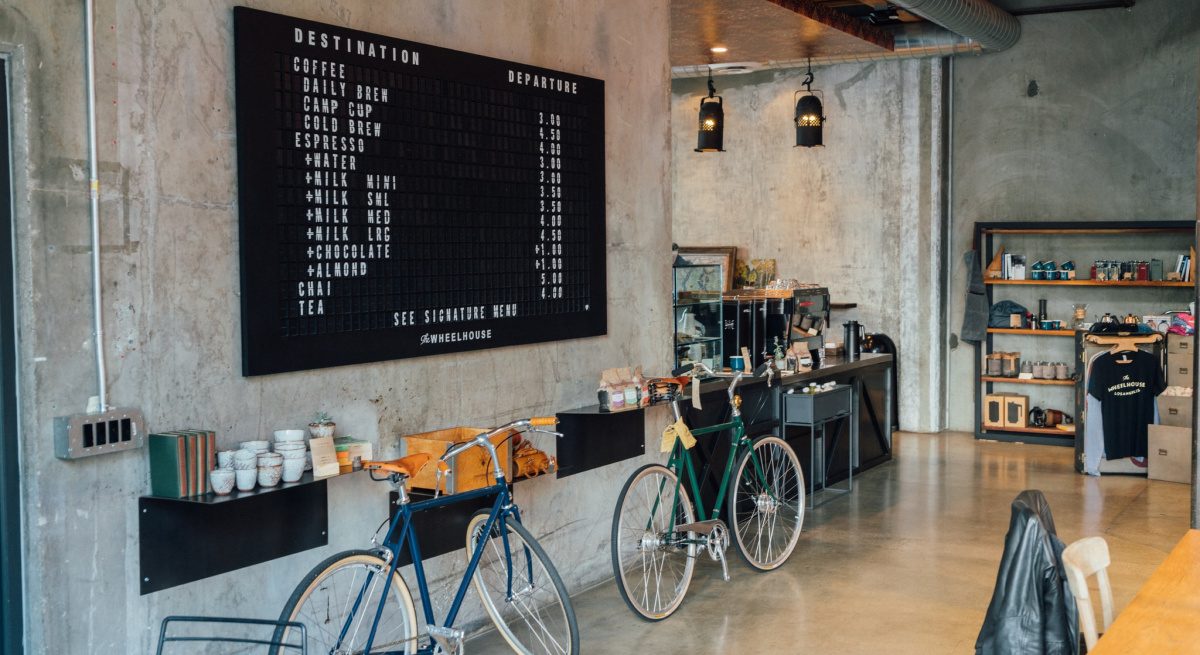Seven Ways HR Leadership Can Reduce Risk for Restaurants During Turbulent Times
3 Min Read By Jean Cash
The restaurant sector has been especially hard hit by fallout from the COVID-19 (novel coronavirus) pandemic. This is an unprecedented time for an industry that employs some 15.6 million Americans according to the National Restaurant Association. It’s likely no restaurant owner or manager has experienced a situation of this magnitude in their lifetime.
As one industry executive comments, it's unchartered territory for the industry. No clear roadmap exists for how restaurant managers and HR professionals should address the issue and communicate with their teams.
The following seven tips can help restaurant managers and HR professionals navigate risk in this rapidly evolving pandemic, especially as restaurants in many jurisdictions are required to operate solely with take-out or delivery service options. Others may have decided to shutter operations altogether. Keep in mind, employment laws and regulations vary by state and localities. So, inquire with your HR counsel or other trusted business advisors regarding your specific situation.
Review Your Existing Policies and Business Continuity Plan (BCP)
A global infectious disease outbreak such as COVID-19 can impact your business in terms of risk to employee safety, loss of sales and economic uncertainty. Your BCP must also address how HR and leadership will handle issues related to the employees and patrons. Whether you have your own BCP or one provided by your HR or payroll partner, the right resources can provide trusted, verified information on workplace health and business continuity best practices, as well as market research to understand how businesses like yours are responding to the outbreak to proactively address the pandemic.
Allow Flexibility to Manage an Evolving Situation
In a situation like this, it’s difficult to know what the next couple of weeks or months will have in store. From changing hours of operation, to staggering shifts, and transitions to take-out and delivery service options, look for areas of flexibility in your business operations.
Share Guidance
HR should review, summarize and distribute updates and advisories to the team from governmental organizations, like the Centers for Disease Control and Prevention (CDC), the World Health Organization (WHO), the Occupational Safety and Health Administration (OSHA), and state and local health departments. Download, print and hang these agencies’ multilingual posters and fliers to help increase awareness around symptom identification and the importance of good hygiene. The more people know, the better they can handle the situation. Educating employees about transmission, risks and how to protect themselves can provide them with a sense of empowerment over the situation.
Step Up Cleaning and Sanitation
With dining areas closed for many restaurants, refocus your efforts on keeping the kitchen clean and sanitary. Ensure onsite managers and staff stay abreast of state and local health department requirements, OSHA guidance and industry standards on the proper use of disinfectants throughout the kitchen and staff areas.
Communicate and Collaborate Beyond the HR Department
HR is tasked with more than the safety of employees. Best practices and practicality demand they partner with their peers and leadership. These can include customer-facing and other positions that may have heightened exposure to affected patrons and vendors. Working closely with other positions can shore up potentially weak areas, build camaraderie, and provide peace of mind.
Be Transparent
HR leaders should coach management staff to be transparent, address each situation on a case-by-case basis (while maintaining the consistency mentioned above), and always seek to best understand each person’s unique situation.
Prepare for Tomorrow
This will pass. How will your organization emerge? Restaurant workers have gained new-found respect from the community as front-line warriors who are leaving their loved ones at home to clock in and serve as your first point of customer contact. Use this as a learning opportunity. Invest in their development, as well as offer competitive compensation and robust benefits packages to retain you current employees, and attract your next wave of loyal staff.
Most importantly, don’t panic. As a leader, you set the tone for how your employees respond. From your company headquarters to your most distant company-owned or franchise location, your team is looking to senior leaders, including HR for measured guidance. Avoid misinformation, turn to reliable sources, and be your team’s trusted advisor.
As the public service advertising says, “Even though the tables are empty, the kitchens are full.” With the right approach to HR, you’ll help keep the restaurant operating smoothly and the collective psyche in check.


